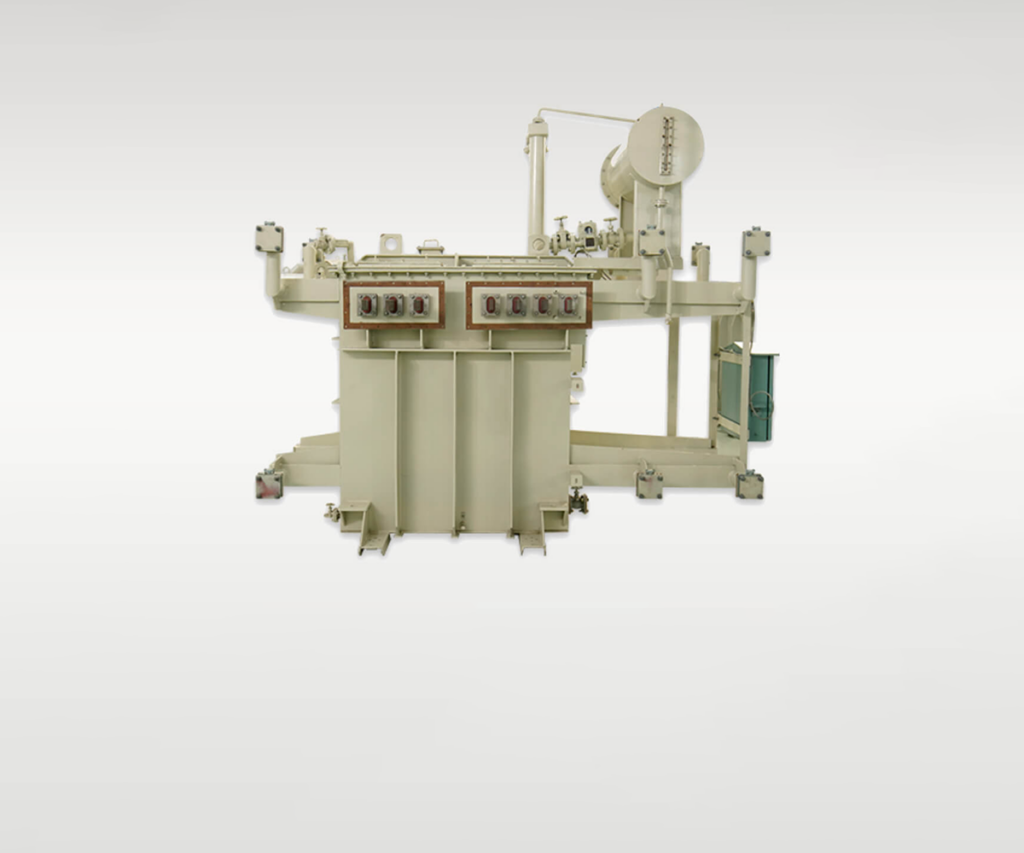It is essential to keep in mind that transformers don’t create electrical power; they move electrical power starting with one AC circuit then onto the next utilizing magnetic coupling. The center of the transformer is utilized to give a controlled way to the magnetic flux produced in the transformer by the current moving through the windings, which are otherwise called coils.
There are four essential parts to the fundamental transformer. The parts incorporate the Input Connection, the Output Connection, the Windings or Coils, and the Core.
Input Connections
The input side of a transformer is known as the essential side due to the main electrical power being switched at this point.
Output Connections
The outcome side or optional side of the transformer is the place where the electrical power is shipped off the load. Based on the necessity of the load, the approaching electric power is either expanded or diminished. Explore the electrical transformers
Winding
Transformers have two windings, being the essential winding and the optional winding. The essential winding is the loop that draws power from the resource. The optional winding is the coil that conveys the energy at the changed voltage to the load. Generally, these two loops are partitioned into a few coils to decrease the formation of motion.
Center
The transformer center is utilized to give a controlled way for the magnetic flux created in the transformer. The center is generally not a strong rod of steel, instead of a structure of many flat laminated steels. This development is utilized to help dispense with and diminish heating.
Commonly, Transformers have one of two sorts of centers: Core Type and Shell Type. These two sorts are recognized from one another by the way where the essential and auxiliary coils are put around the steel center.
Center type – With this type, the windings encompass the overlaid center.
Shell type – With this type, the winding is fenced by the laminated core.
When an input voltage is applied to the essential winding, exchanging current begins to stream in the essential winding. As the current streams, a changing magnetic field is set up in the transformer core. As this magnetic field cuts beyond the auxiliary winding, exchanging voltage is created in the optional winding.
The proportion between the quantity of genuine turns of wire in every coil is the key in determining the sort of transformer and what the output voltage will be. The proportion between input voltage is similar as the proportion of the quantity of turns between the two windings.
A transformer’s output voltage is more prominent than the input voltage if the optional winding has a larger number of turns of wire than the essential winding. The resultant voltage is stepped up, and viewed as a “move forward transformer”. If the auxiliary winding has fewer turns than the essential winding, the resulting voltage is lower. This is a “step down transformer”.
